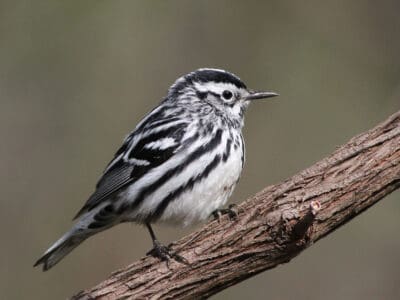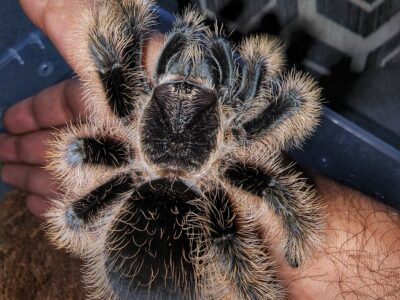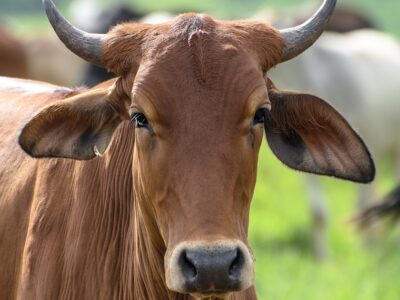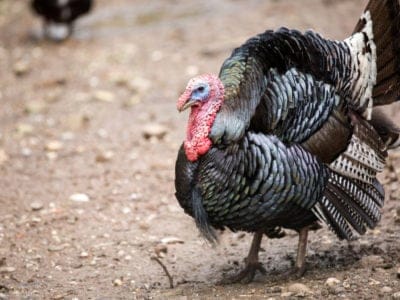Below you can find a complete list of Honduran animals. We currently track 285 animals in Honduras and are adding more every day!
Much like Costa Rica, Honduras is a nation that understands the importance of preserving its natural wildlife, and they’ve largely been exceptional stewards of the land. Yet, threats like deforestation and aggressive ranching are jeopardizing the natural integrity of the landscape. It’s certainly a land worth preserving. Majestic and terrifying wild cats like the jaguar and puma are accompanied by more conventional native mammals like coyotes and white-tailed deer.
But while Honduras is home to some unique mammals, it’s just as renowned for its unique bird population. Over a hundred types of birds call Honduras home, and that list includes rare species like the quetzal and the wine-throated hummingbird. While there’s only a single species — the Honduran Emerald — that can only be found exclusively in Honduras, it crosses critical migratory patterns for countless breeds of birds from around the world.
The Honduran population of scaly and slimy wildlife isn’t as diverse as its cats and avian wildlife, but there are still over a hundred interesting reptiles and amphibians that call Honduras home. Of particular note is the basilisk. While the basilisk can’t turn you into stone with its stare as its mythical counterpart can, these animals have the unique ability to run across the water on their hind legs.
The Official National Animal of Honduras
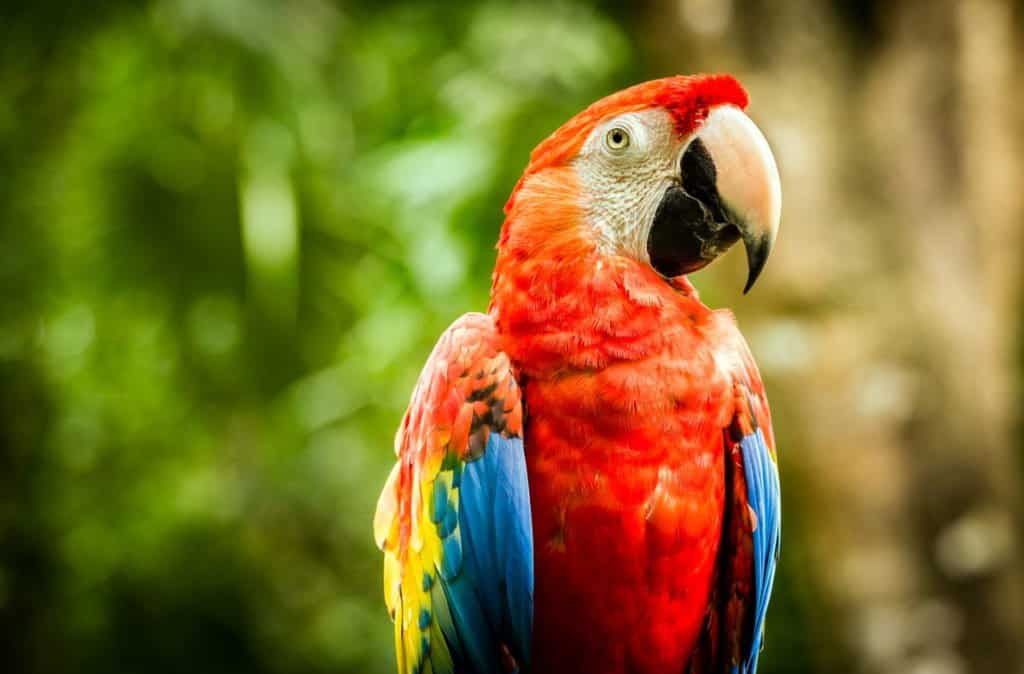
The scarlet macaw is the national bird of Honduras.
©Maciej Czekajewski/Shutterstock.com
The Yucatan white-tailed deer is the national animal of Honduras, but it will look familiar to plenty of people throughout North America as well. If you were to see them from a distance or encounter them for the first time, the Yucatan white-tailed deer might be indistinguishable from the breed of white-tailed deer that calls the United States and Canada home.
But more experienced observers will notice that these unique animals are actually significantly smaller. Fully grown Yucatan white-tailed deer will weigh 70 to 80 pounds on average and are roughly 3 feet tall and 4.5 feet long. These unique qualities make Honduras’ national animal stand apart from the 37 other subspecies of white-tailed deer.
While the Honduran national animal may be familiar, their national bird, the scarlet macaw, is in a much more dangerous position. Because while the colorful combination of red, blue, and yellow that makes up this parrot’s unique plumage is familiar, the national bird is considered an endangered species.
And while the territorial range for scarlet macaws can cover over 4 million square miles, Honduras is one of the few countries with native populations of this endangered species.
Rarest Animals in Honduras
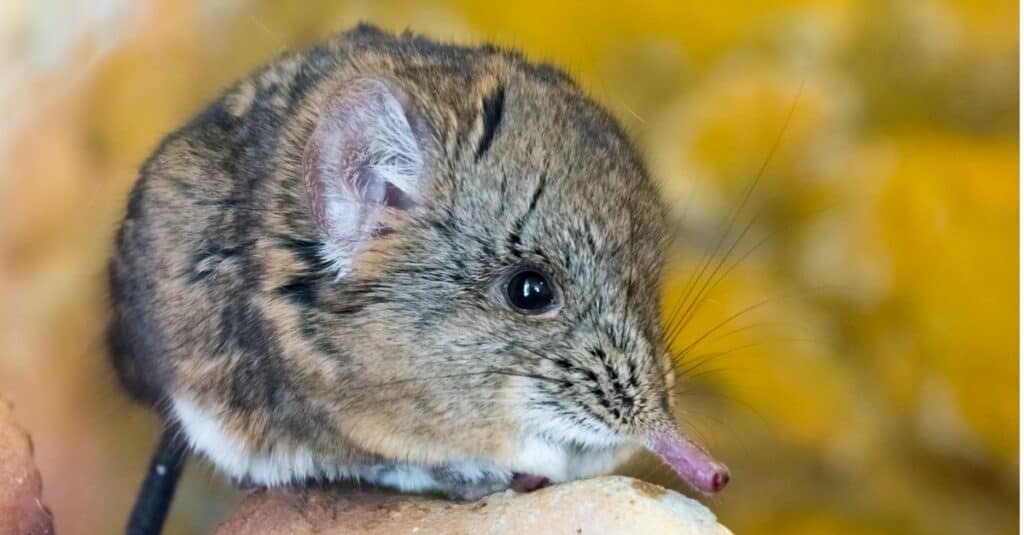
Elephant
shrews have exceptional sight, hearing, and a strong sense of smell. They are common in Honduras.
©iStock.com/belizar73
Honduras is recognized for its abundant variety of plants and animals, some of which are rare and distinct. Although the country is relatively small, it features a diverse array of environments, such as tropical rainforests and cloud forests, that provide homes for numerous flora and fauna.
Here are some of the rarest animals found in the Honduras Region:
- Roatan Island Agouti
- Honduran Small-eared Shrew
- Honduran Broad-clawed Shrew
- Three species of broad-clawed shrew
- McCarthy’s Shrew
- Cruz’s Long-tailed Shrew
Largest Animals in Honduras
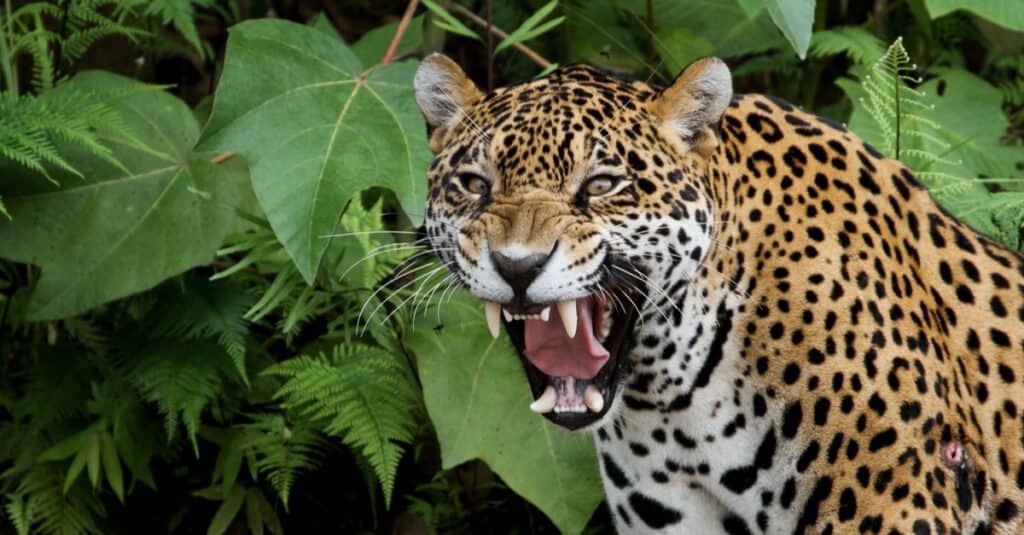
Jaguars are found in Central America in the Honduras Region.
©Adalbert Dragon/Shutterstock.com
Honduras, a Central American country known for its rich biodiversity, is home to a diverse array of animal species, ranging from reptiles and amphibians to birds and mammals.
Among the numerous wildlife species that inhabit the country, there are some that stand out for their sheer size and impressive physical characteristics.
Here are a few large animals found in Honduras:
Where To Find The Top Wild Animals in Honduras
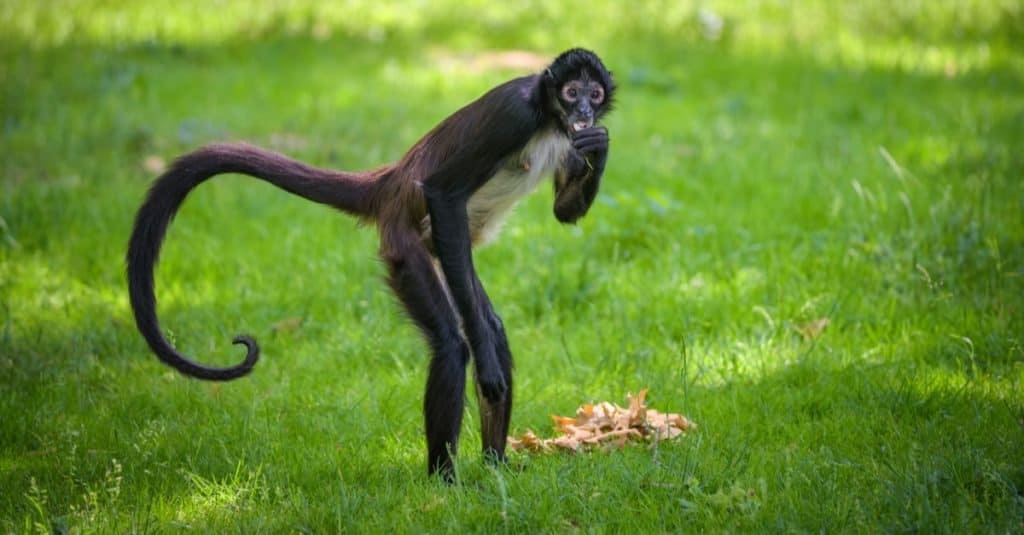
Spider monkeys do not have a thumb. Their four fingers are curved and look like a hook, which is a special adaptation to life in the forest. They are also found in Honduras.
©Nick Fox/Shutterstock.com
The diversity of natural wildlife in Honduras is vast, but there are a few places within Honduras that are particularly rich in unique animals.
- Lancetilla Botanical Garden is one of the largest tropical botanical gardens in the world, and the abundance of flora makes it a mecca for migratory birds. Hundreds of bird species, both migratory and native, call Lancetilla home.
- Rio Platano Biosphere Reserve is home to one of the most vibrant and unique mammal populations in Central America. These include rare and imperiled species like the giant anteater, West Indian manatee, and Mexican spider monkey.
- Pico Bonito National Park is the most likely place to find jaguars, but this endangered species is still rare to see. It also hosts other jungle cats like pumas, ocelots, and the adorably miniature margay.
The Most Dangerous Animals In Honduras Today
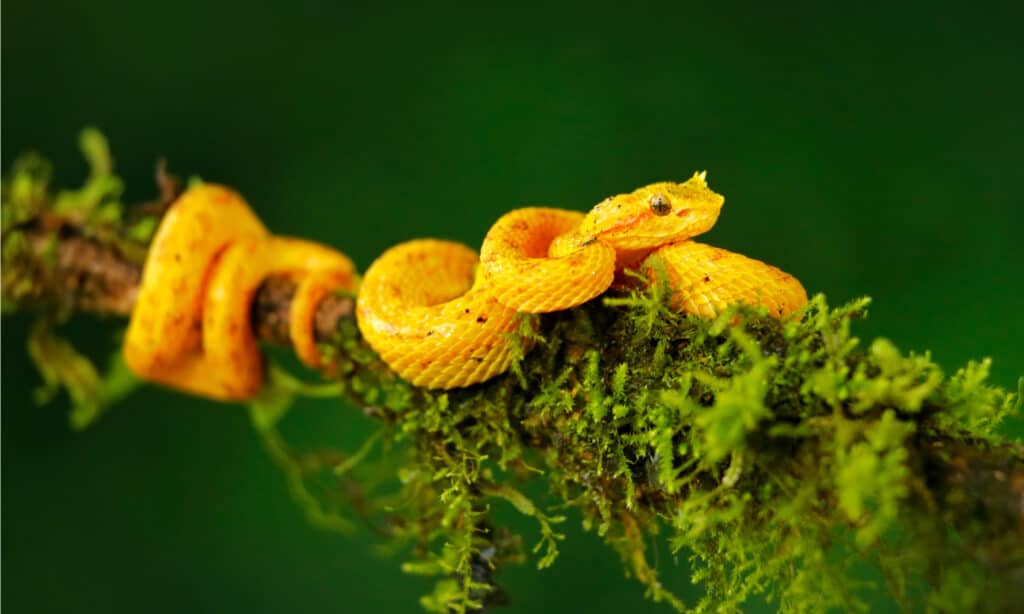
Eyelash viper, Bothriechis schlegeli, on a green mossy branch. They have subtle and sparse speckles of brown or black dots along their entire body. They are also one of the animals of Honduras.
©Ondrej Prosicky/Shutterstock.com
The Honduran jungle isn’t as dangerous as Hollywood might lead us to believe, but there is some truly lethal wildlife that prowls through the national wildlife parks of Honduras.
- Jaguars are a near-threatened species, but they’re formidable predators in their own right. These dangerous cats have enough force in their bite to pierce the skins of crocodiles and the shells of turtles.
- Those crocodiles that jaguars wrestle with are plenty dangerous in their own right. Their jaws are capable of applying 3,7000 pounds of pressure per square inch.
- Poisonous snakes are the most dangerous wildlife for humans. The venomous coral snake is prodigious in Honduras, but the country is also home to unique breeds like the green palm pit viper and the Barba armarilla.
Endangered Animals In Honduras
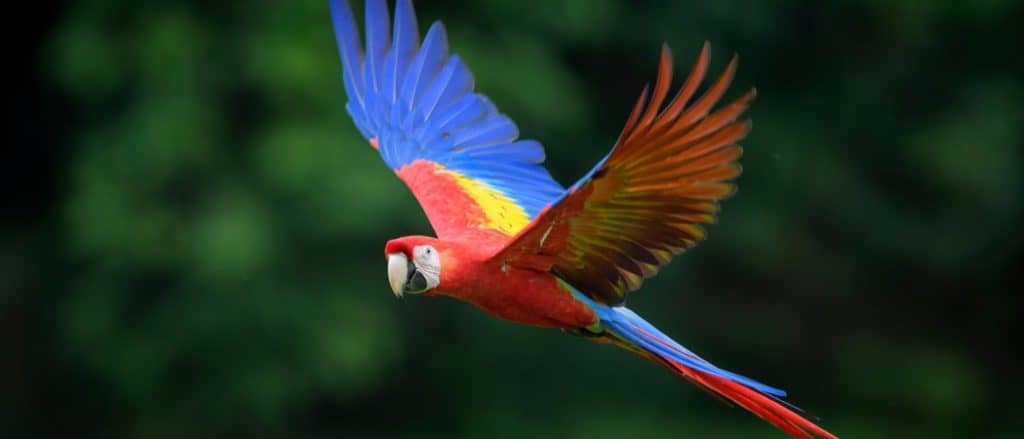
Throughout Central America, poaching and deforestation have put scarlet macaws in jeopardy.
©David Havel/Shutterstock.com
As is the case throughout Central America, poaching and deforestation have put many of Honduras’ native species in jeopardy. While migratory patterns make it sometimes hard to identify which endangered species are actually in Honduras, estimates range in the hundreds for animal species.
Here are some of the noteworthy ones:
- Central American tapir – A strange creature that resembles a warthog, this tapir can also be found in Mexico and is the national animal of Belize.
- Margay – The margay cat looks similar to an ocelot but is much smaller. Grown margays weigh around 7 or 8 pounds on average.
- West Indian manatee – This creature also known as the sea cow was once a common sight along the bays and coastlines of Central America, but commercial activities in its natural habitats are making them increasingly rare.
Flag of Honduras

The flag of Honduras features two colors: blue and white.
©Mehaniq/Shutterstock.com
The Honduran flag is two colors: cyan blue and white. The blue stripe was originally a darker shade of blue, but it changed to cyan in 2022. Horizontal cyan stripes are at the top and bottom of the flag; in between these bands is a white stripe.
The blue represents the bodies of water that border the country: the Caribbean Sea and the Pacific Ocean. The white stands for purity and peace. The stars represent the five countries that originally formed the Federal Republic of Central America.
Honduran Animals
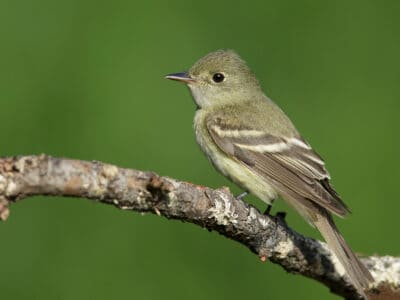
Acadian Flycatcher
Their nests are sloppily held together and have an abandoned appearance
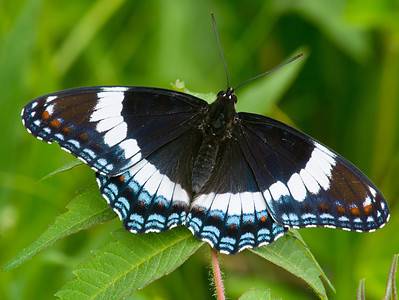
Admiral Butterfly
Stunningly beautiful wings
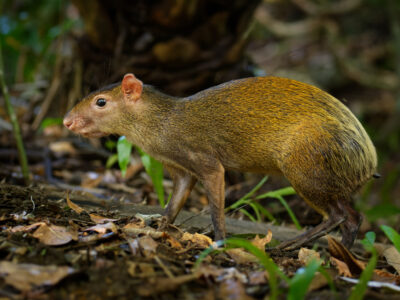
Agouti
The agouti is one of the only animals that can crack open Brazil nut pods!
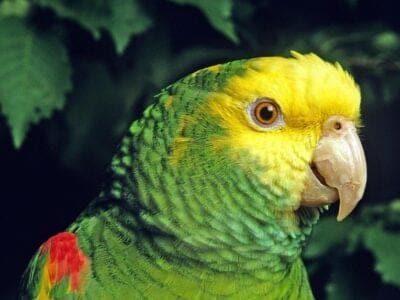
Amazon Parrot
These parrots can be trained to be "talking birds" that mimic human speech
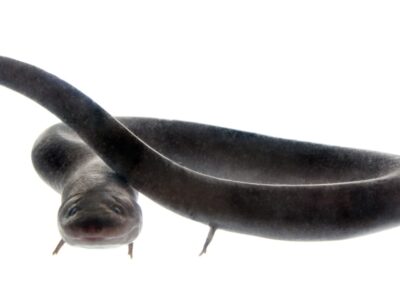
American Eel
Don't eat raw eel! Their blood is poisonous to humans when consumed raw.
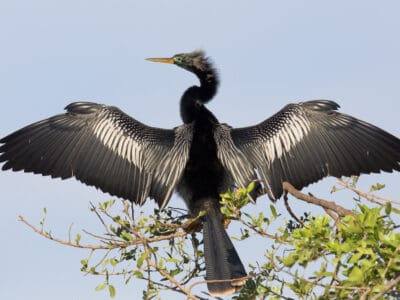
Anhinga
Their name means snake bird
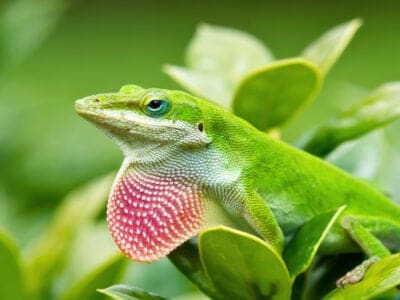
Anole Lizard
There are just under 400 species, several of which change color.

Ant
First evolved 100 million years ago!
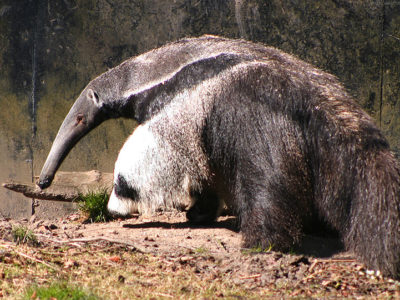
Anteater
Has the longest tongue of any animal in relation to its body size!
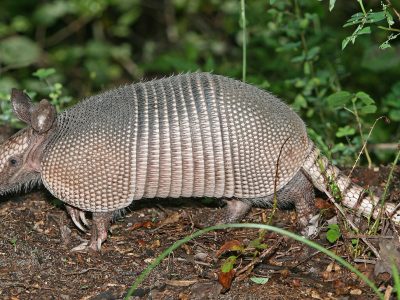
Armadillo
Can curl into a hard, protective ball!

Armyworm
They are so named because they "march" in armies of worms from one crop to another in search of food
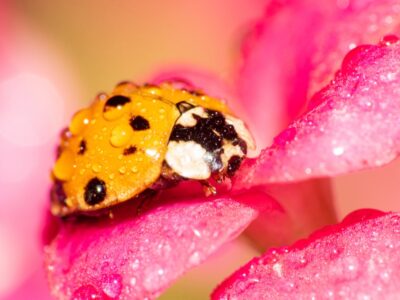
Asian Lady Beetle
Asian lady beetles infest indoor spaces, but they do not reproduce indoors.

Barn Owl
Found everywhere around the world!

Barn Swallow
Older offspring help care for new hatchlings.
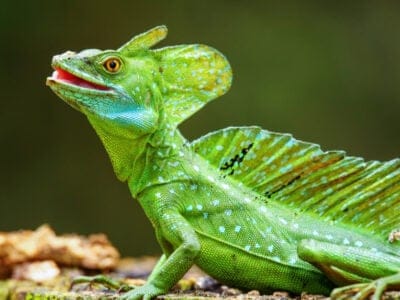
Basilisk Lizard
Can run/walk on water.

Bat
Detects prey using echolocation!
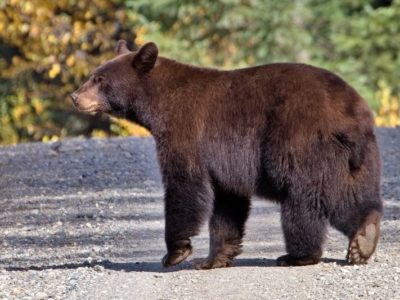
Bear
There are 8 different species!

Bed Bugs
Bed bugs feed for 4-12 minutes.

Bee
Rock paintings of bees date back 15,000 years

Beetle
There are more than 350,000 different species

Bird
Not all birds are able to fly!

Biscuit Beetle
The biscuit beetle form a symbiotic relationship with yeast

Black Widow Spider
They typically prey on insects!
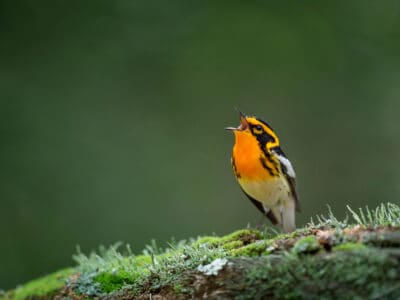
Blackburnian Warbler
They are the only songbird in North America with an orange throat!
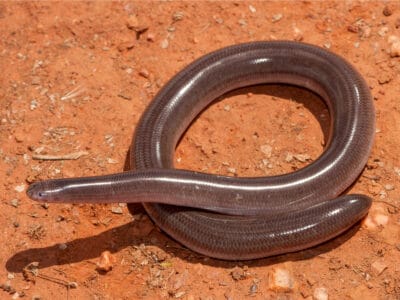
Blind Snake
The blind snake is often mistaken for a worm.
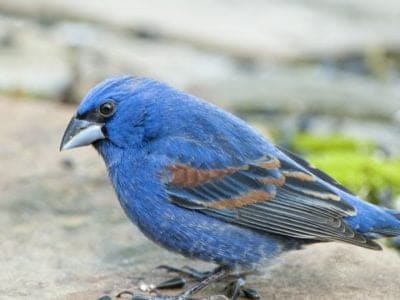
Blue grosbeak
Blue grosbeak parents take off the head, legs and wings of an insect before feeding it to their baby.
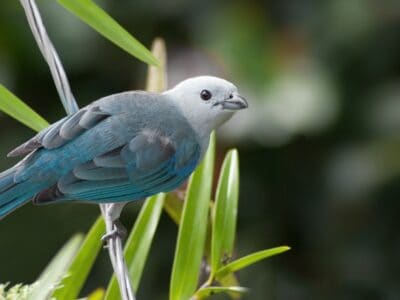
Blue Tanager (Blue-Grey Tanager)
They travel and forage in pairs or groups
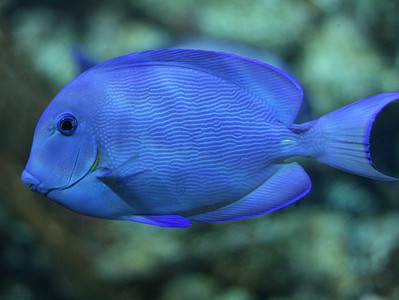
Blue Tang
One of the most colorful members of the genus Acanthurus
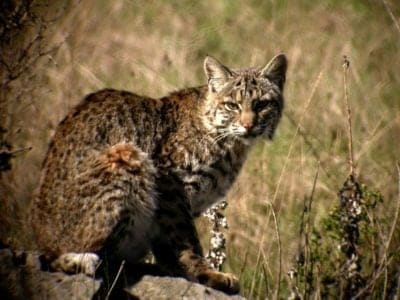
Bobcat
About double the size of a domestic cat!
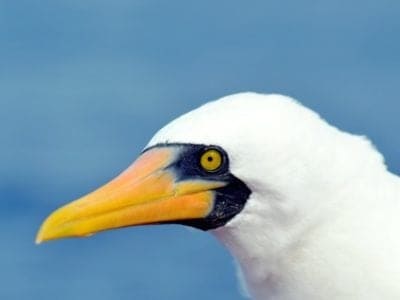
Booby
Seabirds found across the South Pacific!
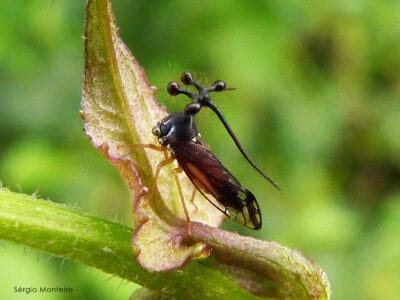
Brazilian Treehopper
“Mild-Mannered Minimonsters”

Brown Dog Tick
Can live its entire life indoors
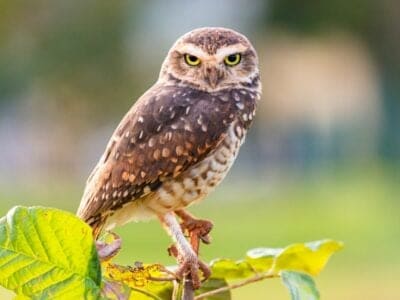
Burrowing Owl
The burrowing owl lives in underground burrows

Butterfly
There are thought to be up 17,500 species!
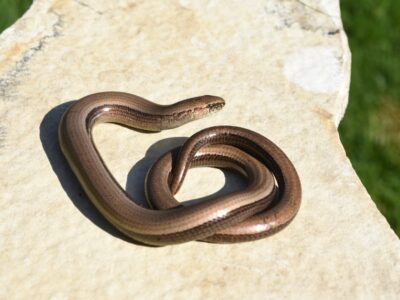
Caecilian
Some species' babies use their hooked or scraper-like teeth to peel off and eat their mother's skin
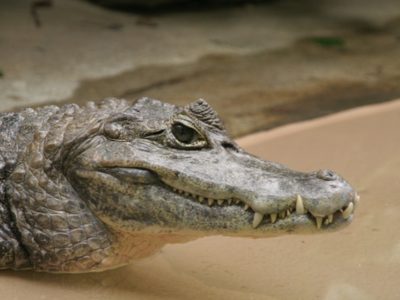
Caiman
Can grow to up 6 meters long!

Camel Cricket
The camel crickets that are found in the USA are light brown in color. They also have dark streaks all over their body.

Carpenter Ant
Carpenter ants can lift up to seven times their own weight with their teeth!

Cat
May have been domesticated up to 10,000 years ago.

Caterpillar
The larvae of a moth or butterfly!

Catfish
There are nearly 3,000 different species!
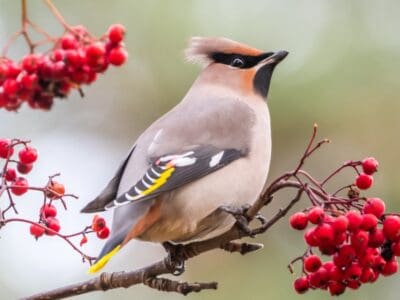
Cedar Waxwing
Their feathers have red, waxy tips that can be hard to identify unless you’re up close.

Centipede
There are about 3,000 documented species!
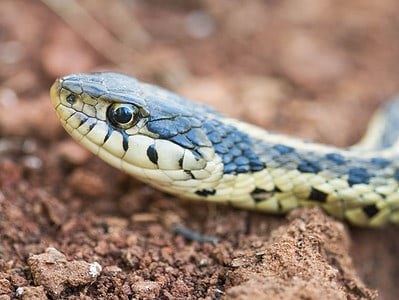
Checkered Garter Snake
It has the ability to expel a stinky liquid from its body as a way to make predators (and humans) retreat!
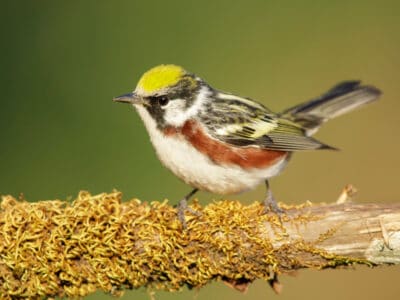
Chestnut-Sided Warbler
They inhabit regrowing forests

Chicken
First domesticated more than 10,000 years ago!
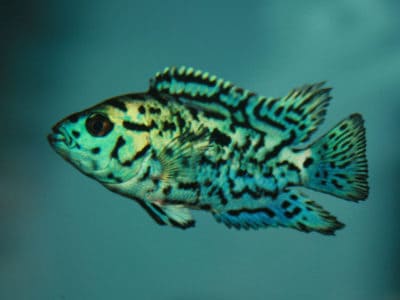
Cichlid
There are more than 2 000 known species!
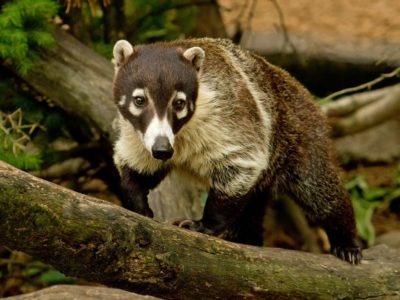
Coati
Found in dense forests and wet jungles!

Cockroach
Dated to be around 300 million years old!

Codling Moth
Pupae are able to undergo diapause to survive poor fruit yield years and winter.
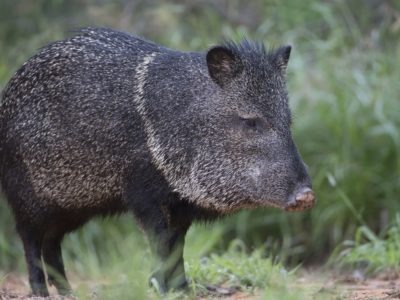
Collared Peccary
Form bands of up to 12 individuals!

Common Furniture Beetle
The common furniture beetle feeds exclusively on wood

Common House Spider
House spiders have the ability to eat most insects in a home.
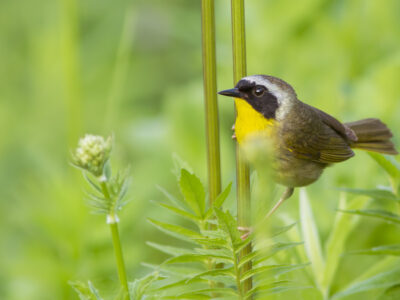
Common Yellowthroat
The Common Yellowthroat stays close to the ground and uses stealth to survive!
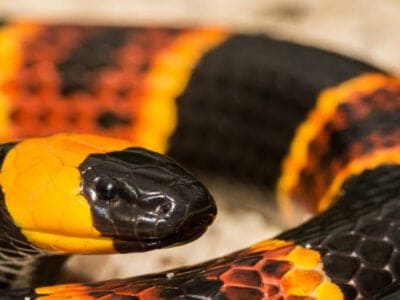
Coral Snake
There are over 80 species of coral snake worldwide.

Cormorant
They can fly 35 mph and dive 150 feet below water.

Cow
There are nearly 1.5 billion worldwide!

Crab
There are 93 different crab groups

Crab Spider
Crab Spiders can mimic ants or bird droppings

Cricket
Male crickets can produce sounds by rubbing their wings together
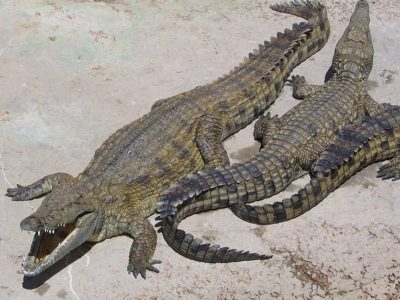
Crocodile
Have changed little in 200 million years!
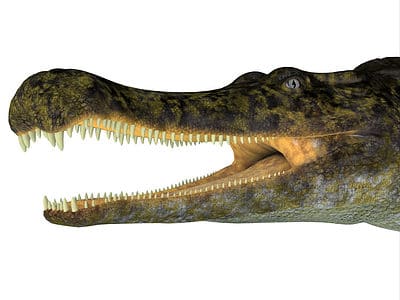
Crocodylomorph
Crocodylomorphs include extinct ancient species as well as 26 living species today.

Crow
A group of these birds is called a Murder.
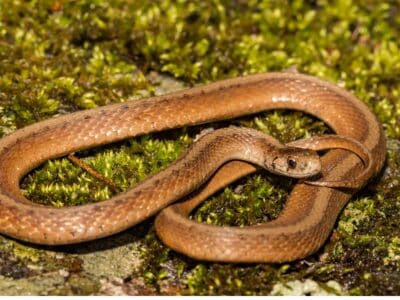
De Kay’s Brown Snake
They have specialized jaws for removing snails from shells.
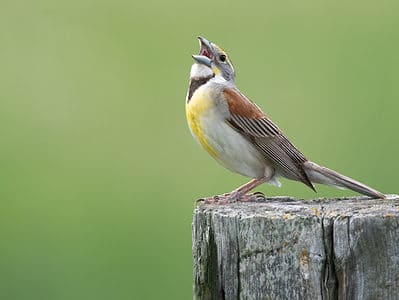
Dickcissel
They have a unique call that they are named for.

Dog
First domesticated in South-East Asia!

Dog Tick
Dog ticks feed on dogs and other mammals

Donkey
First domesticated 5,000 years ago!

Dragonfly
It's larvae are carnivorous!
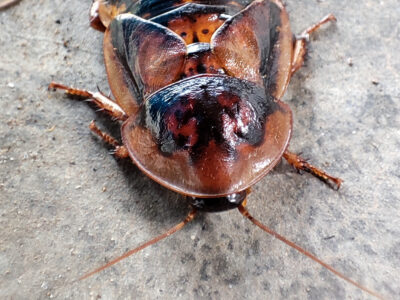
Dubia Cockroach
The most popular species of feeder roach

Duck
Rows of tiny plates line their teeth!

Dung Beetle
The dung beetle can push objects many times its own weight
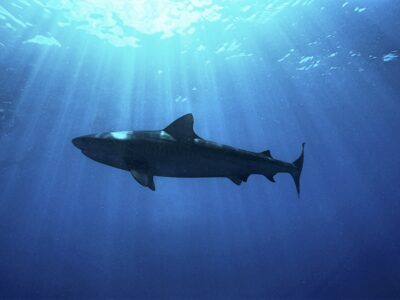
Dusky Shark
The Dusky Shark sometimes eats trash discarded by humans.
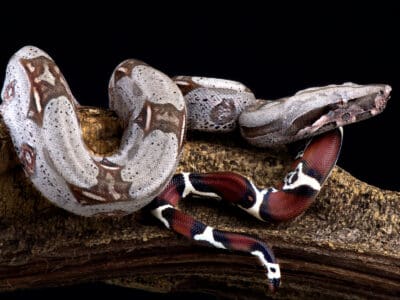
Dwarf Boa
Some species can change color from dark to light, and back again.
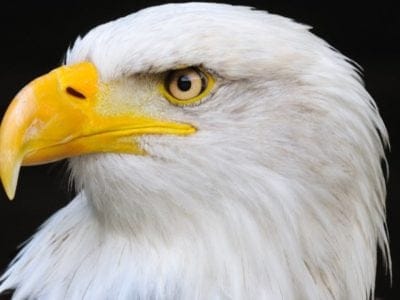
Eagle
Has exceptional eyesight!

Earthworm
They are hermaphrodites, which means they have male and female organs

Earwig
There are nearly 2,000 different species!
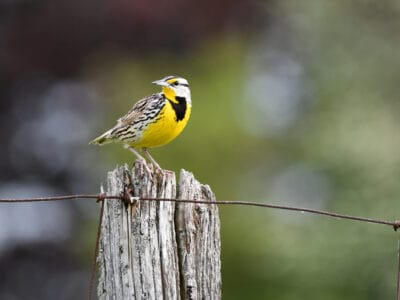
Eastern Meadowlark
They can live up to 9 years.

Eel
Eels can be a mere few inches long to 13 feet!
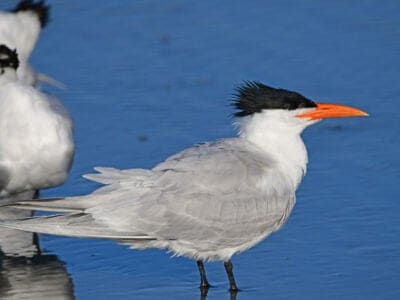
Elegant Tern
Have a lifespan of 20 years or more
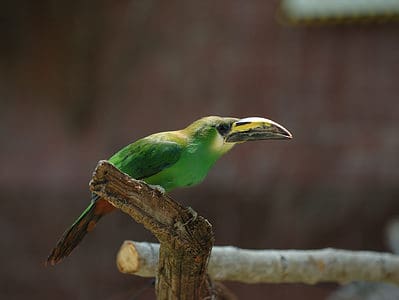
Emerald Toucanet
Emerald Toucanets spend their lives high in the canopy of tall forests, almost never coming to the ground!
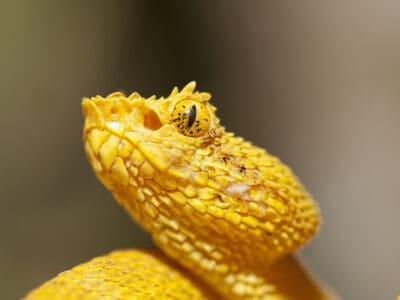
Eyelash Viper
While the eyelash viper can be a pet, be cautious – they are extremely venomous!

Falcon
The fastest creatures on the planet!

False Widow Spider
False spiders actually prey on black widow spiders and other hazardous spiders
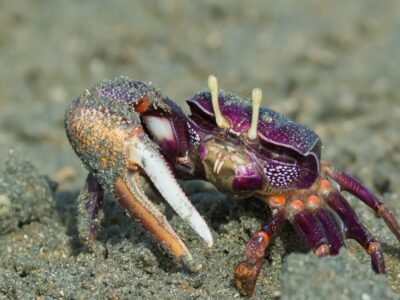
Fiddler Crab
The fiddler crab gets its name from the motion the males make with their over-sized claw during the mating ritual.

Firefly
The firefly produces some of the most efficient light in the world

Flea
Adult fleas can jump up to 7 inches in the air

Fly
There are more than 240,000 different species!
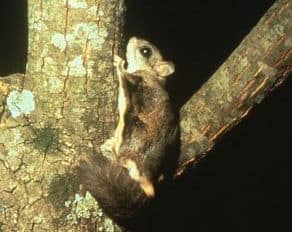
Flying Squirrel
Can glide up to 90 meters!

Frog
There are around 7,000 different species!

Fruit Fly
Fruit flies are among the most common research animals in the world
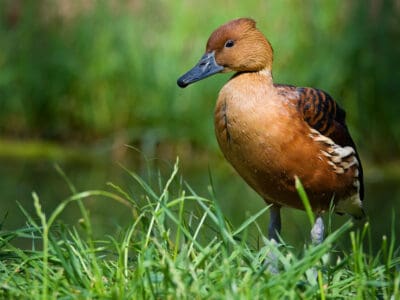
Fulvous Whistling Duck
They build a ramp from their nest, which leads to a nearby water source
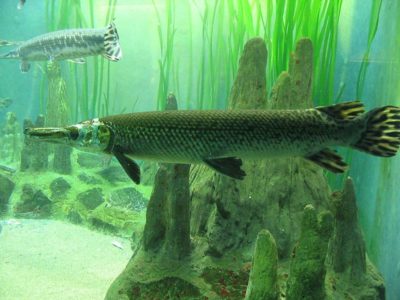
Gar
Can grow to more than 3m long!
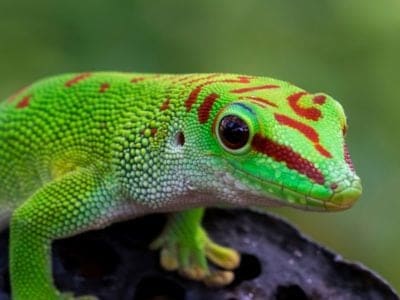
Gecko
There are thought to be over 2,000 species!

German Cockroach
The most common type of urban roach
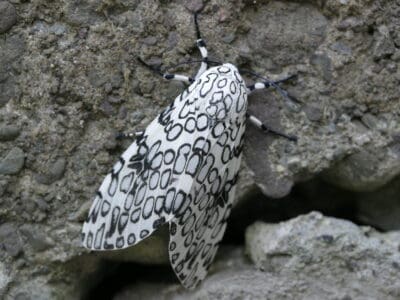
Giant Leopard Moth
When giant leopard moths mate, their mating sessions last over 24 hours.

Glowworm
Found inhabiting dense woodland and caves!

Gnat
Males form large mating swarms at dusk

Grasshopper
There are 11,000 known species!
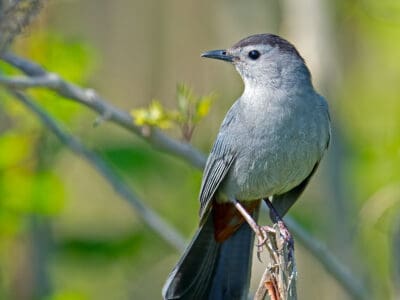
Gray Catbird
Their songs have cat-like qualities and can mimic other birds and animals, like tree frogs.
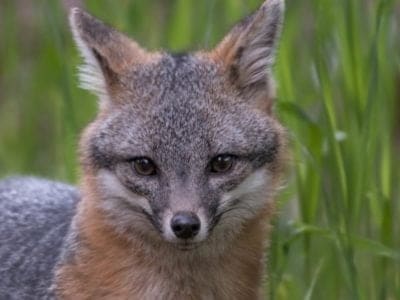
Gray Fox
The gray fox has retractable claws and a rotating wrist that allow it to climb trees with some proficiency
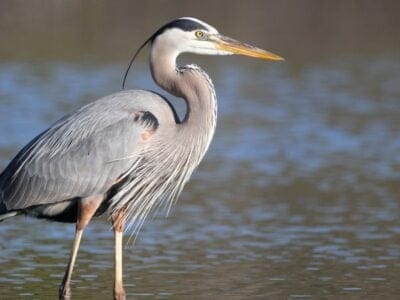
Great Blue Heron
Their wingspan is larger than an eagle’s; both males and females help hatch the eggs; rich in symbolism
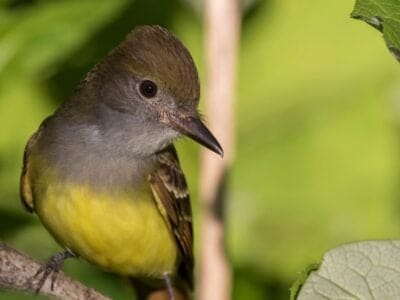
Great Crested Flycatcher
This species makes use of some truly unusual nesting material, including snakeskin and garbage
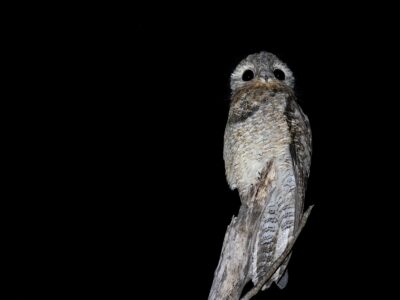
Great Potoo Bird
At night, they make a terrifying low call that sounds like a distressed moan or growl.
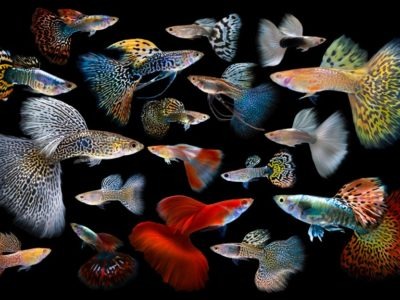
Guppy
Also known as the Millionfish!

Gypsy Moth
One of the most invasive species in the world
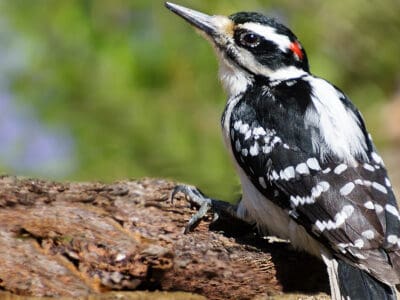
Hairy Woodpecker
They are natural pest controls
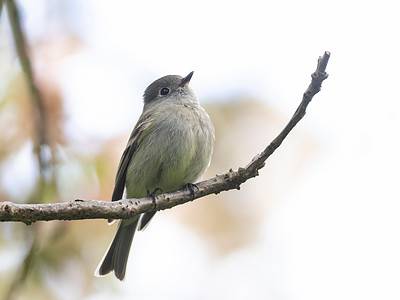
Hammond’s flycatcher
“Hammond’s flycatcher has a call known as a sharp peek!”

Hamster
Able to run as quickly backwards as forwards!

Hare
Can reach speeds of over 50 mph!
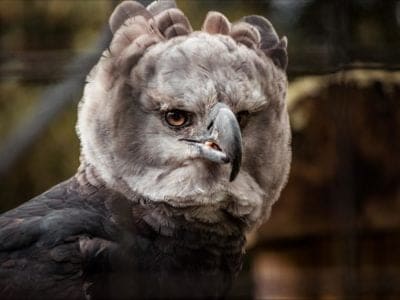
Harpy Eagle
Talon's the size of a grizzly bear's claws!
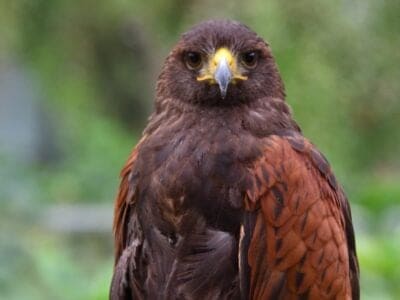
Harris’s Hawk
Their vision is eight times better than a human's

Hawk Moth Caterpillar
Many hawk moth caterpillars eat toxins from plants, but don’t sequester them the way milkweed butterflies do. Most toxins are excreted.
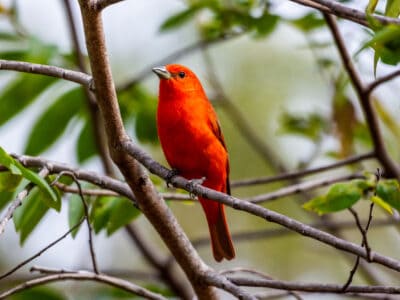
Hepatic Tanager (Red Tanager)
Parents and their young sing sweetly to each other
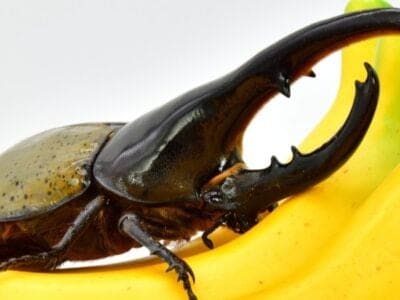
Hercules Beetle
This dynastine scarab beetle makes a weird huffing sound when it’s disturbed.

Heron
Inhabits wetlands around the world!
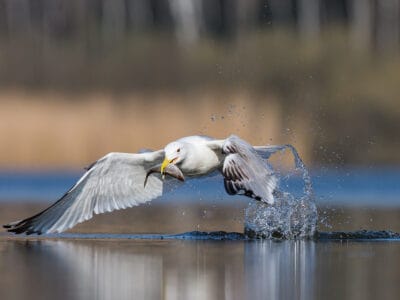
Herring Gull
They are loud, spirited birds with raucous cries that sound like bursts of laughter.
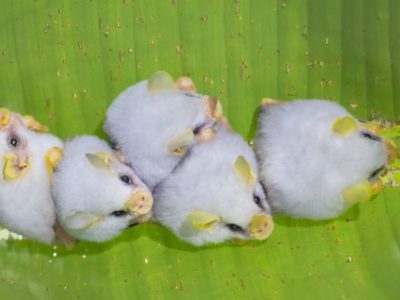
Honduran White Bat
The bat only eats figs.

Honey Bee
There are only 8 recognized species!

Horse
Has evolved over 50 million years!

Horsefly
Horseflies have been seen performing Immelmann turns, much like fighter jets.
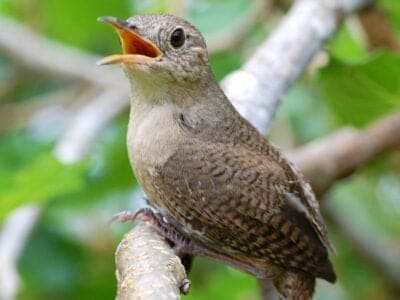
House wren
The wren’s epithet, aedon, comes from a Greek queen who accidentally killed her only son. She was actually aiming for her nephew, and Zeus took pity on her and turned her into a nightingale.

Housefly
The fly has no teeth
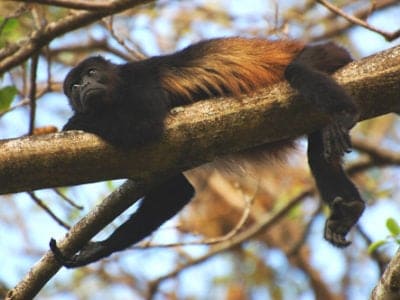
Howler Monkey
Spends 80% of it's time resting!

Human
Thought to have orignated 200,000 years ago!

Hummingbird
Beat their wings up to 80 times per second!

Huntsman Spider
Some huntsman spiders have an interesting way of moving around. Some cartwheel while others do handsprings or backflips.
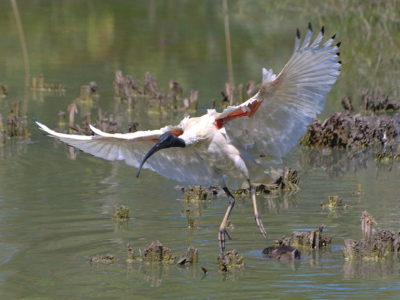
Ibis
Found in swamps, marshes and wetlands!
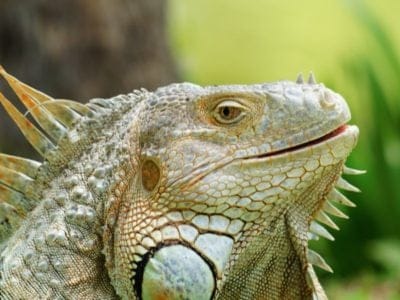
Iguana
Uses visual signals to communicate!

Insects
There are an estimated 30 million species!
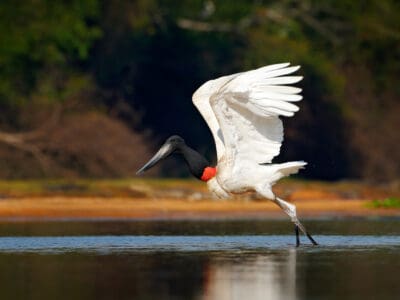
Jabiru
They form lifelong pair bonds and live in groups near water sources.
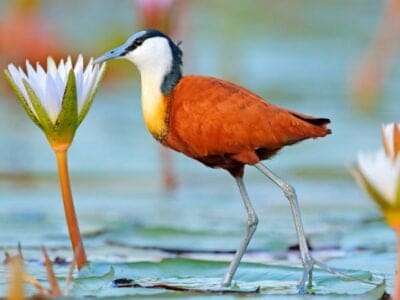
Jacana
The jacana has the ability to swim underwater
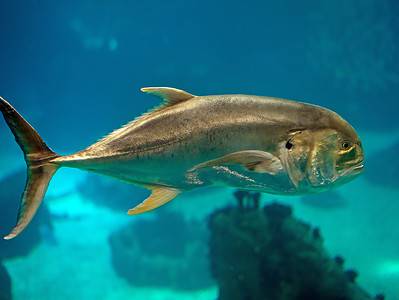
Jack Crevalle
One of the biggest species in the Caranx genus
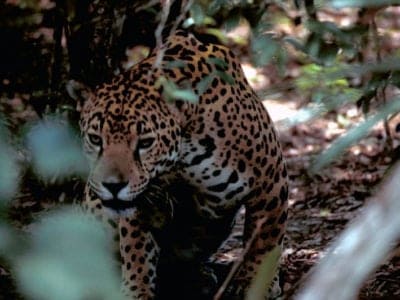
Jaguar
The largest feline on the American continent!

Jumping Spider
Some can jump 50 times the length of their bodies
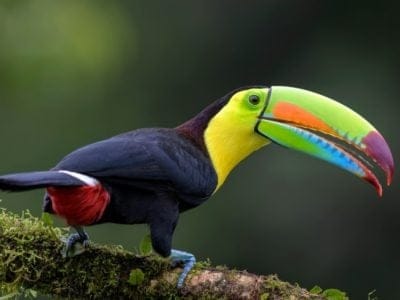
Keel-Billed Toucan
It's beak can reach nearly 20 cm long!
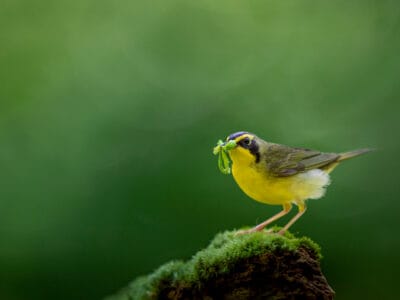
Kentucky Warbler
The Kentucky Warbler appears to wear bright yellow cat-eye glasses!

Kingfisher
Inhabits wetlands and woodlands worldwide!
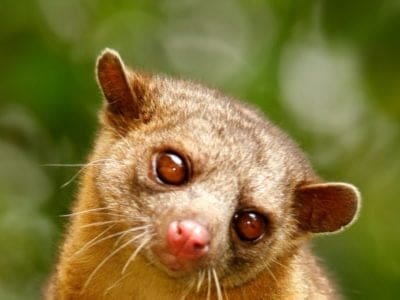
Kinkajou
The kinkajou is a nimble forest-dwelling mammal of Central and South America.

Ladybug
There are more than 5,000 species worldwide!
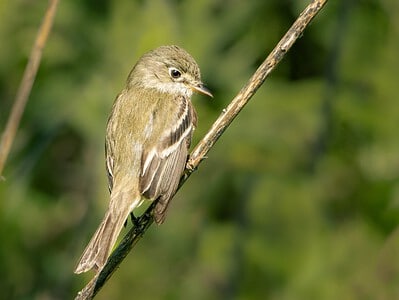
Least Flycatcher
They can travel up to 72 miles in a single day.

Leech
Has 10 pairs of eyes!
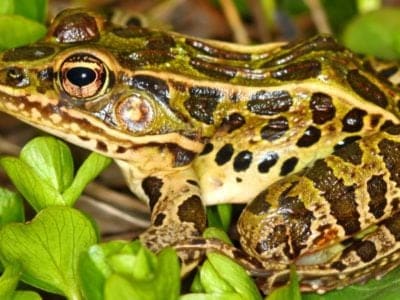
Leopard Frog
They can jump up to three feet
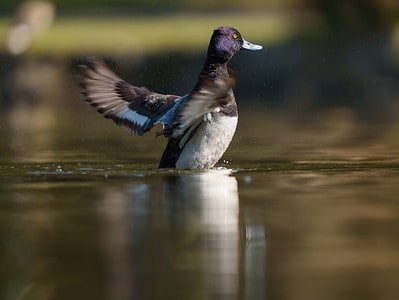
Lesser Scaup
Young lesser scaups learn to dive as soon as their down dries.

Lizard
There are around 5,000 different species!

Locust
Each locust can eat its weight in plants each day.

Lone Star Tick
Only females have the ‘lone star’ marking
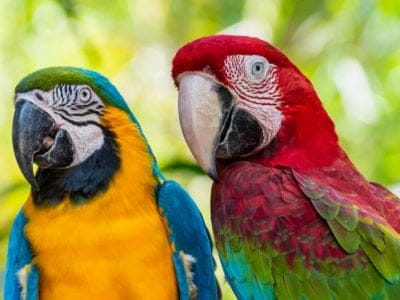
Macaw
The largest species of parrot in the world!
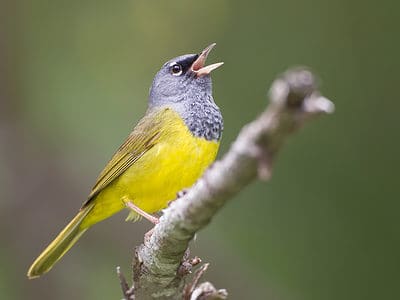
MacGillivray’s Warbler
The complicated story of how MacGillivray’s Warblers got their name involves three ornithologists, a physician and a compromise.
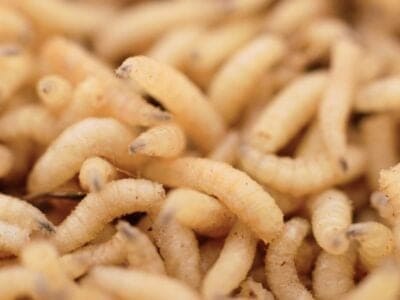
Maggot
Will only live in wet areas
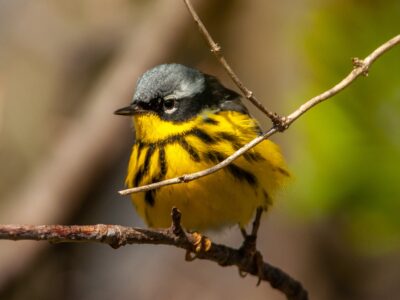
Magnolia Warbler
They line their nests with fungi strands
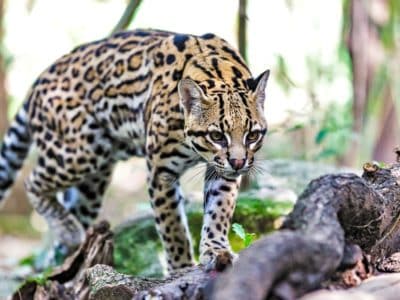
Margay
Margays are one of the world’s most highly adapted cat species for climbing trees!
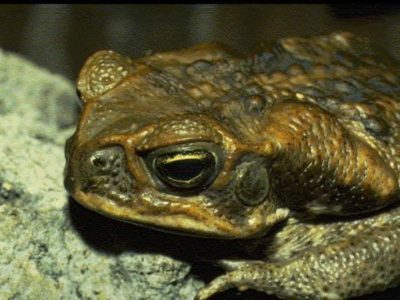
Marine Toad
Produces a toxin used in arrow darts!
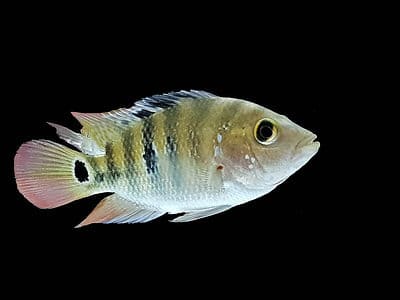
Mayan Cichlid
Mayan cichlids live longer in captivity than they do in the wild.

Mayfly
There are 2,500 known species worldwide!

Mealybug
They have a symbiotic relationship with ants.

Millipede
Some species have a poisonous bite!
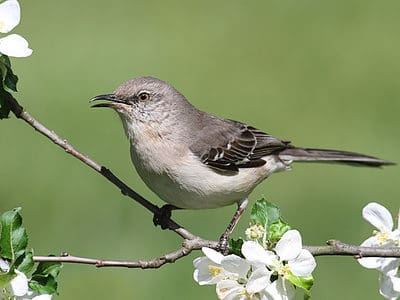
Mockingbird
Mockingbirds are incredible mimics that can learn hundreds of songs!

Mole
Primarily hunts and feeds on Earthworms!
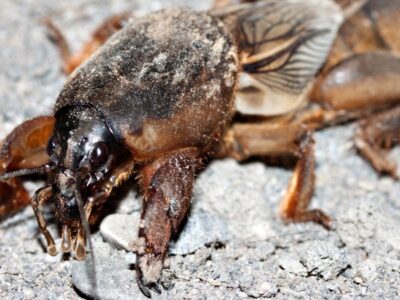
Mole Cricket
Adult Mole crickets may fly as far as 5 miles during mating season and are active most of the year.
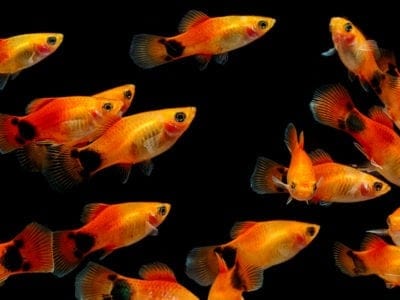
Molly
Known for their calm and peaceful nature!
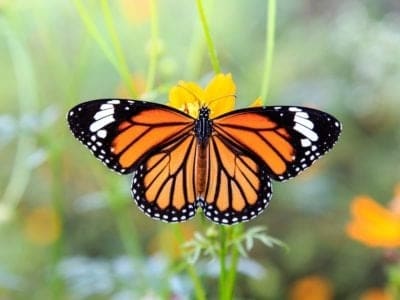
Monarch Butterfly
During migration, Monarch Butterflies may travel 250 or more miles each day.

Mongrel
Has characteristics of two or more breeds!
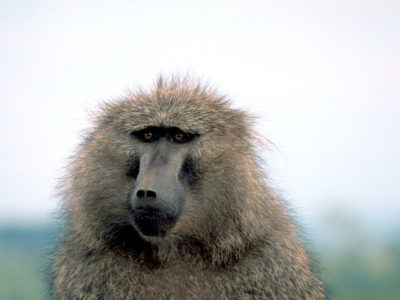
Monkey
There are around 260 known species!
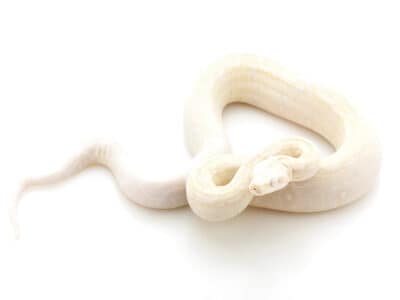
Moonglow Boa
Moonglow boas are the result of mixing three genetic traits.

Moorhen
Feeds on aquatic insects and water-spiders!
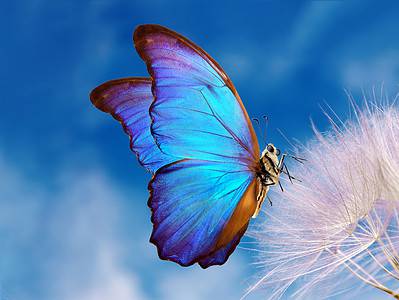
Morpho Butterfly
Collectors prize them for their bright wings

Mosquito
Only the female mosquito actually sucks blood

Moth
There are 250,000 different species!
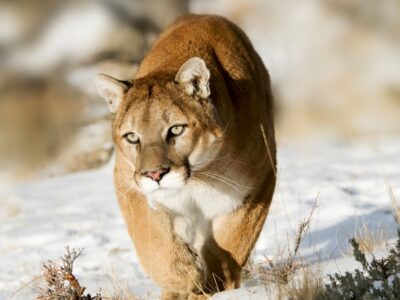
Mountain Lion
Has no real natural predators!
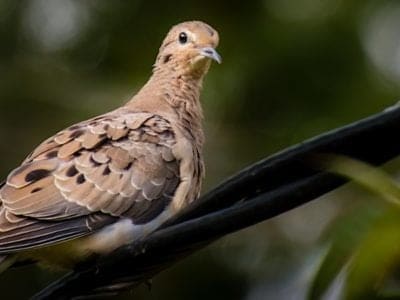
Mourning Dove
It is almost always the male who makes the famous sad sound, which is a wooing call
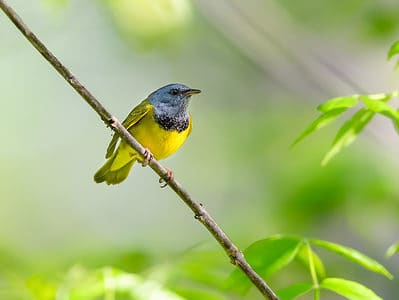
Mourning Warbler
The Mourning Warbler was named for its gray head, which resembles a mourning veil!

Mouse
Found on every continent on Earth!

Mule
The offspring of a horse and donkey parents!
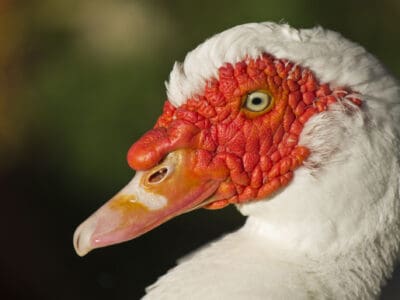
Muscovy Duck
Unlike most duck species, the Muscovy is silent and only makes noise when excited or threatened.

Nematode
Nematodes range in size from 1/10 of an inch to 28 feet long

No See Ums
There are more than 5,000 species.
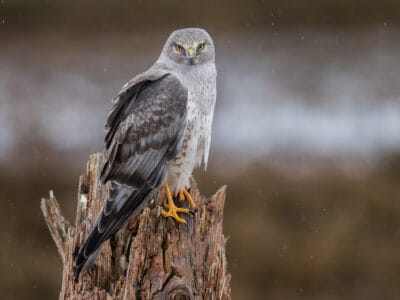
Northern Harrier
They can reach speeds of 25 Mph but prefer to soar low and slow.
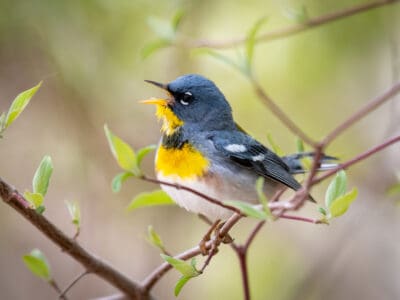
Northern Parula
They live in coffee and citrus plantations during the winter
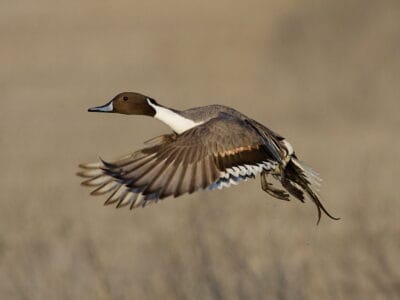
Northern Pintail
Northern pintails migrate at night with speeds reaching 48 miles per hour!
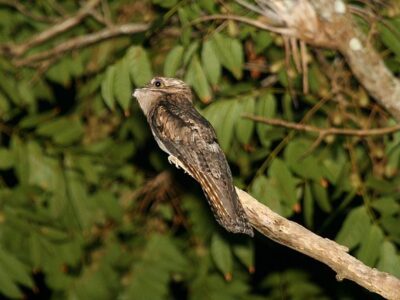
Northern Potoo
You can find them near golf courses in urban areas
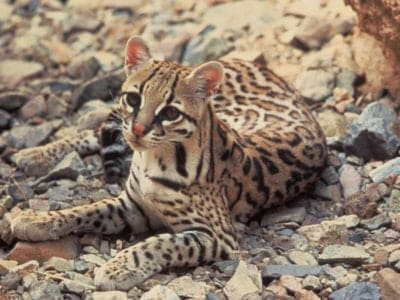
Ocelot
Also known as the Painted Leopard!

Orb Weaver
Females are about four times the size of males

Osprey
They reuse nesting sites for 70 years!

Otter
There are 13 different species worldwide

Owl
The owl can rotate its head some 270 degrees
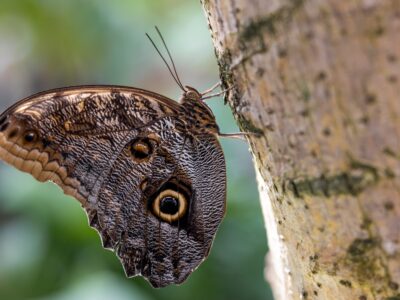
Owl Butterfly
Owl butterflies derive their name from big spots on each hindwing that resemble owl eyes
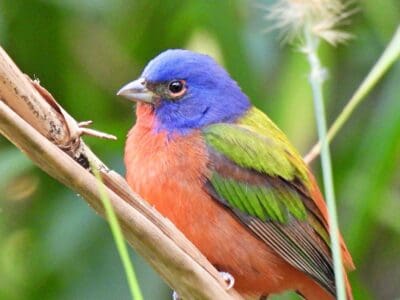
Painted Bunting
They are one of the most colorful species of birds.
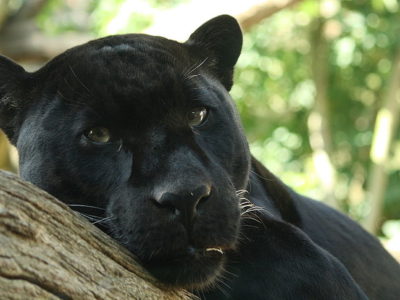
Panther
Prefers to hunt at night than during the day!
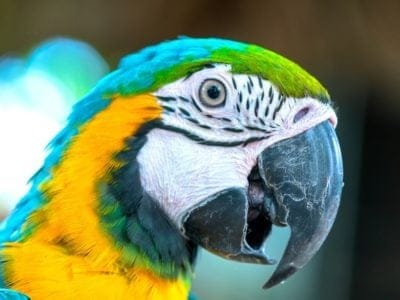
Parrot
Can live for up to 100 years!

Peregrine Falcon
Fastest animal on Earth

Pheasant
Females lay between 8 and 12 eggs per clutch!

Pigeon
They can find their way back to their nests from up to 1300 miles away.
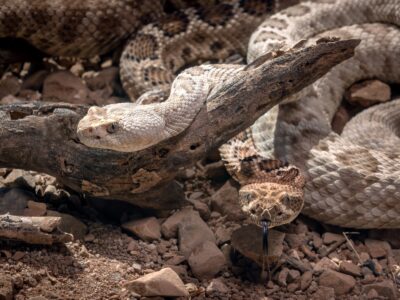
Pit Viper
Pit vipers's fangs fold up into their mouths when they don't need them.
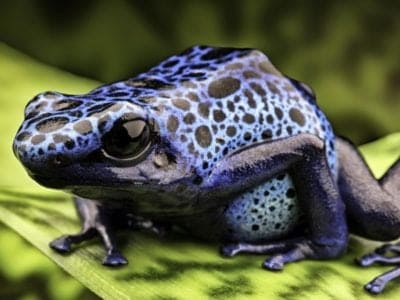
Poison Dart Frog
Inhabits the jungles of Central and South America!
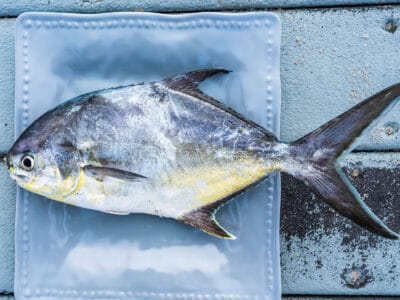
Pompano Fish
They are bottom-feeders
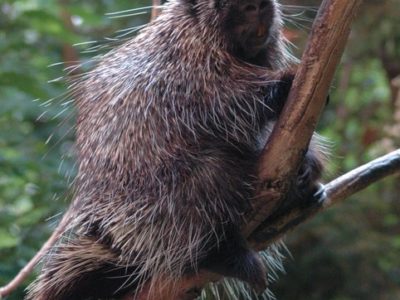
Porcupine
There are 30 different species worldwide!
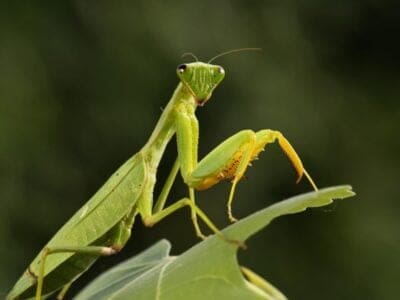
Praying Mantis
The mantis can turn its head 180 degrees.
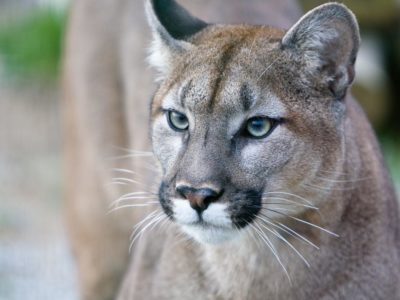
Puma
Has longer back legs than front legs!

Quail
Inhabits woodland and forest areas worldwide!
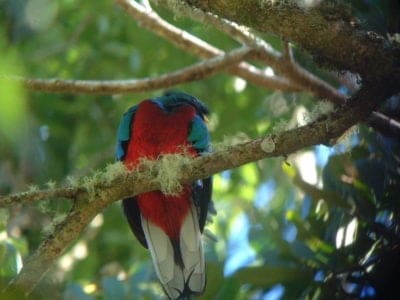
Quetzal
The tail feathers of the male can be 1m long!
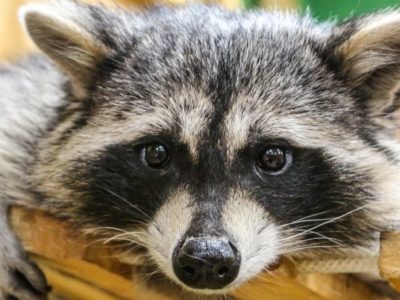
Raccoon
Known to wash their food before eating it!

Rat
Omnivores that eat anything!
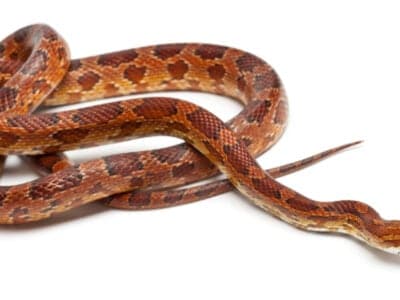
Rat Snakes
Rat snakes are constrictors from the Colubridae family of snakes.
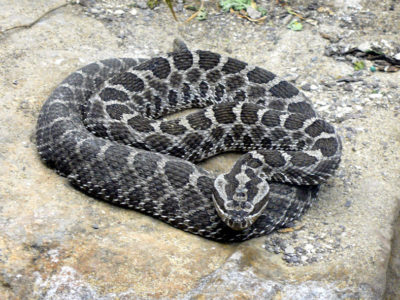
Rattlesnake
Rattlesnakes may have evolved their rattle to warn bison away from them.

River Turtle
Inhabits freshwater habitats around the world!
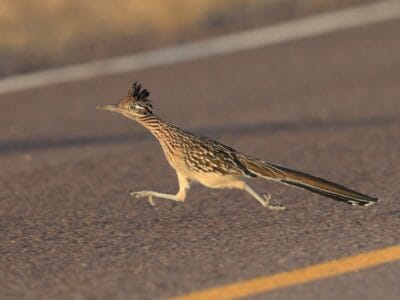
Roadrunner
Roadrunners are one of the few animals that prey on rattlesnakes and tarantula hawk wasps.

Robin
There are more than 45 species in Australia alone!

Rodents
The capybara, the world’s largest rodent, likes to be in and around bodies of water. Because of this, the Catholic Church in South America decided that it was a fish, and people were allowed to eat it during Lent and First Fridays.

Rooster
Will mate with the entire flock!
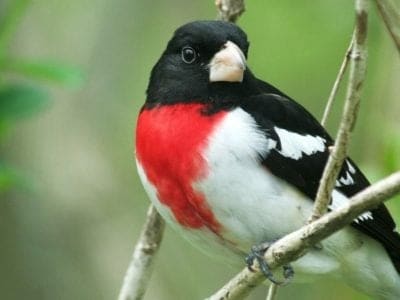
Rose-Breasted Grosbeak
This bird is also called cut-throat because the male looks like his throat has been cut and has bled over his breast.
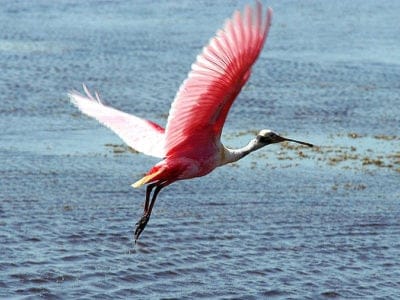
Roseate Spoonbill
The only Spoonbill in the western hemisphere!

Ruddy Duck
Ruddy duck breeding males have bright blue bills!
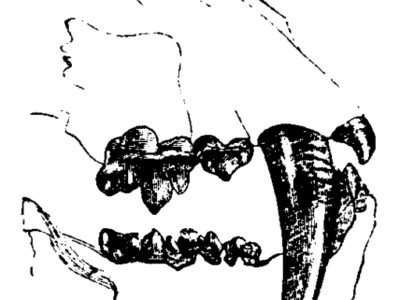
Saber-Toothed Tiger
Canines up to 7 inches long!

Sable Ferret
Ferrets were used during the Revolutionary War to keep down the rat population.
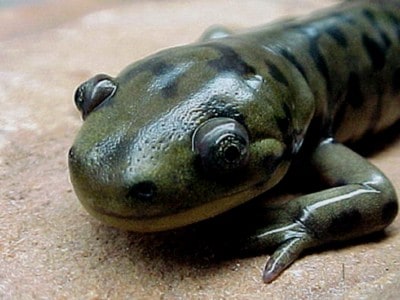
Salamander
There are more than 700 different species!
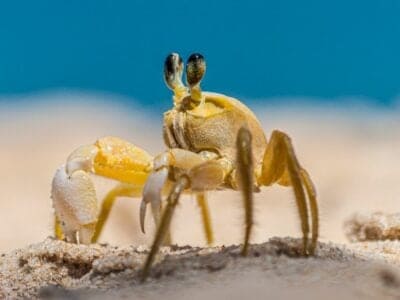
Sand Crab
The sand crab burrows beneath the sand with its tail
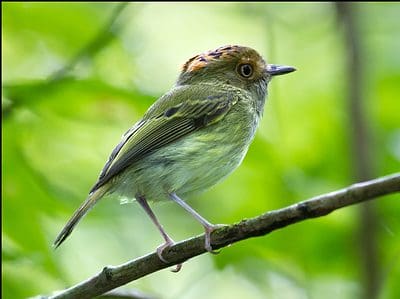
Scale-Crested Pygmy Tyrant
They raise their crests to ward off predators

Scarlet Macaw
Like many parrots, the scarlet macaw is capable of vocal mimicry.
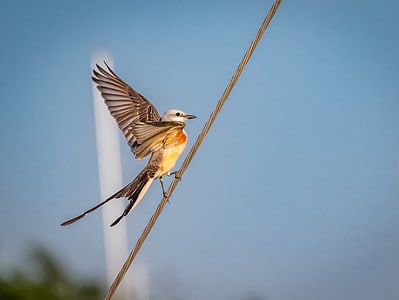
Scissor-tailed Flycatcher
Scissor-tailed flycatchers are known for their dramatically long tails!

Scorpion
There are around 2,000 known species!

Sea Eagle
The sea eagle tends to mate for life with a single partner

Seahorse
Males give birth to up to 1,000 offspring!
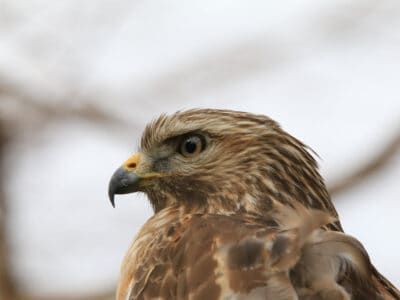
Sharp-Shinned Hawk
In captivity, sharp-shinned hawks can live up to 13 years. However, in the wild, this number is significantly reduced to 3 years!

Sheep
Around 35 million in the English countryside!

Shrew
The spinal column of the shrew Scutisorex somereni is so strong and reinforced that it can support the weight of an adult human.

Shrimp
There are 2,000 different species worldwide!

Skink Lizard
Some skinks lay eggs in some habitats while giving birth to skinklets in other habitats.
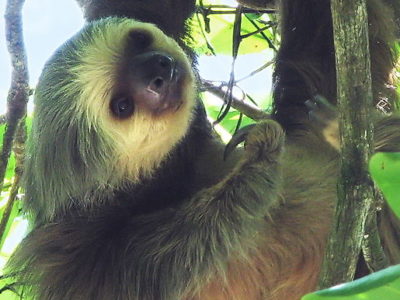
Sloth
It's body temperature is between 30 - 34 degrees!

Slug
They glide around on one foot, which is aided by the slime they produce

Smokybrown Cockroach
Has up to 45 eggs per egg case

Snail
There are nearly 1,000 different species!

Snake
There are around 4,000 known species worldwide

Sparrow
There are 140 different species!

Spider Wasp
They prey on spiders to feed their larvae or they parasitize other spider wasps.

Squirrel
Small rodents found in woodlands worldwide!

Stick Insect
There are more than 3,000 different species!
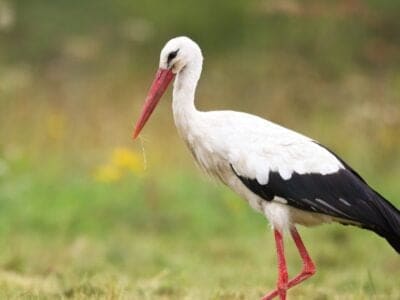
Stork
They can’t sing like other birds.
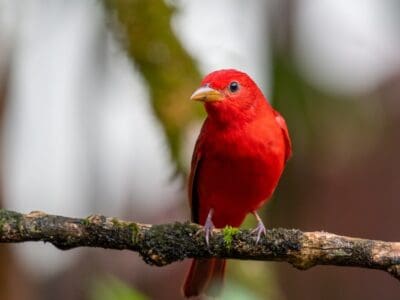
Summer Tanager
They remove bee stingers by rubbing them against a tree
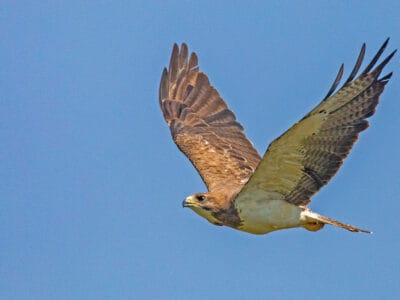
Swainson’s Hawk
Their wings form a “V” shape when flying.

Swan
Populations have been affected by pollution!
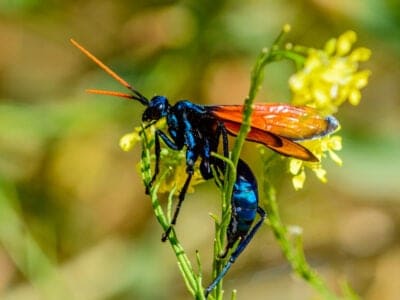
Tarantula Hawk
Tarantula hawks are excellent pollinators, especially for milkweed.

Termite
Their mounds can be up to 9 meters tall!

Thrush
The American robin is called the robin because its red breast reminded European settlers of the robin back in the old country.

Tick
They inject hosts with a chemical that stops them from feeling the pain of the bite

Tiger Beetle
The adult tiger beetle is one of the fastest land insects in the world

Tortoise
Can live until they are more than 150 years old!
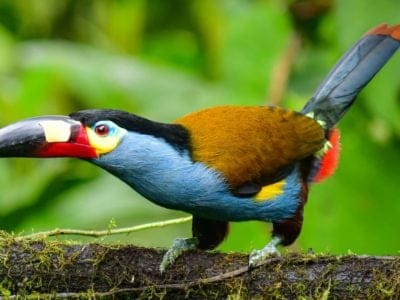
Toucan
There are more than 40 different species!
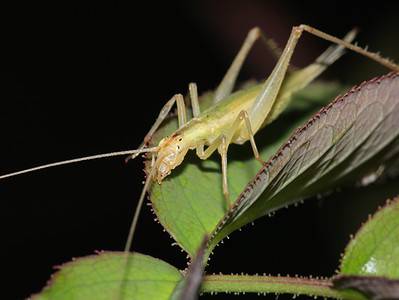
Tree Cricket
They make music with their wings

Tree Frog
Found in warmer jungles and forests!
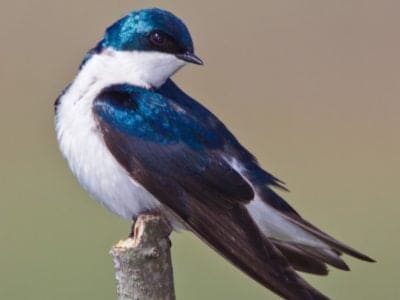
Tree swallow
The tree swallow can make more than a dozen distinct vocalizations

Turtles
Some species of aquatic turtles can get up to 70 percent of their oxygen through their butt.
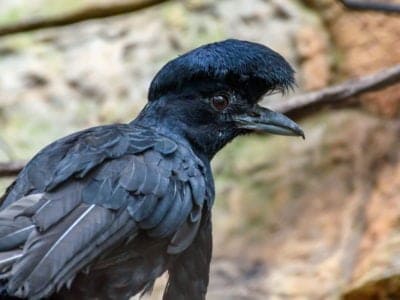
Umbrellabird
Migrates up and down the mountains!
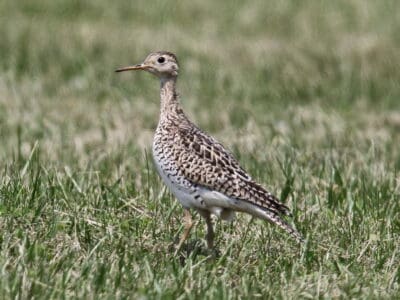
Upland Sandpiper
They make jerky movements as they walk through the grass, searching for food.
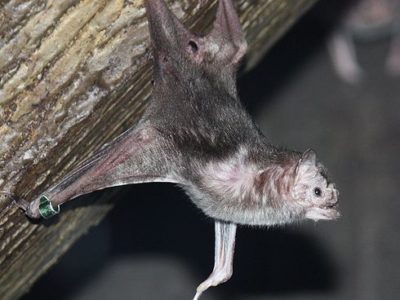
Vampire Bat
Have a heat sensor on the end of their nose!
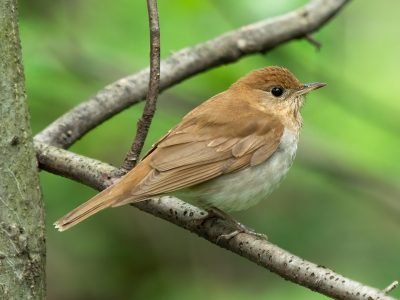
Veery
The veery is named for its sharp "veer" call.
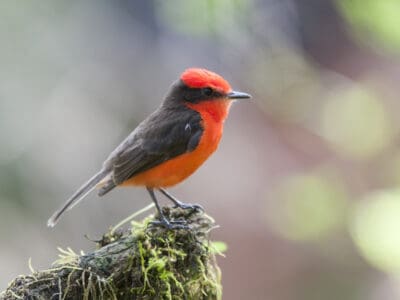
Vermilion Flycatcher
They have a fast song that lasts up to 10 syllables at max.
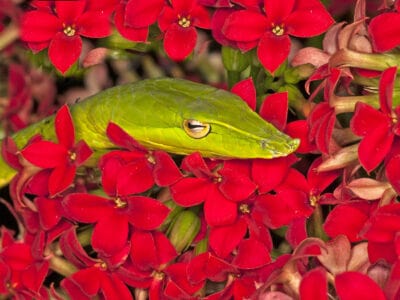
Vine Snake
A slender body and elongated snout give the vine snake a regal look.
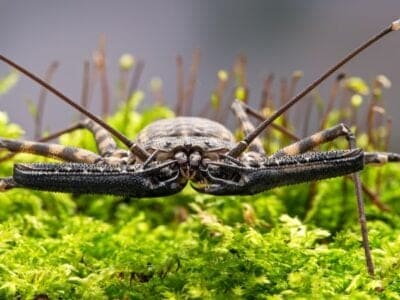
Vinegaroon
Vinegaroons can spray 19 times before the glands are depleted

Vulture
There are 30 different species worldwide!

Wasp
There are around 75,000 recognised species!
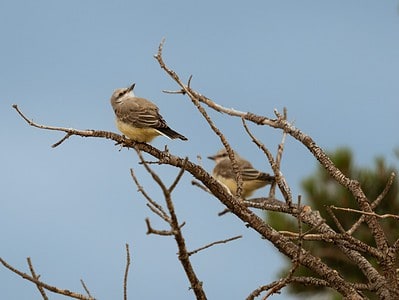
Western Kingbird
Western kingbirds have hidden red crown feathers that they can raise when threatened!
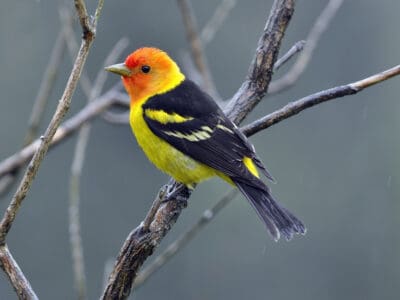
Western Tanager
They migrate farther north than any other tanager.
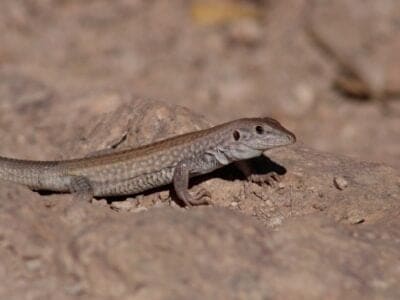
Whiptail Lizard
Many whiptail species reproduce asexually.
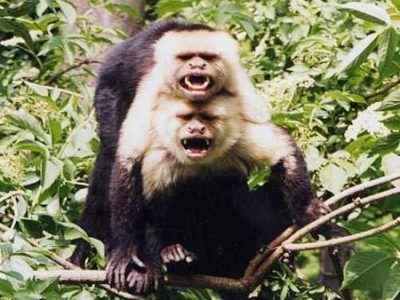
White-Faced Capuchin
One of the world's most intelligent monkeys!

White Ferret / Albino Ferrets
There are two different types of white ferrets!
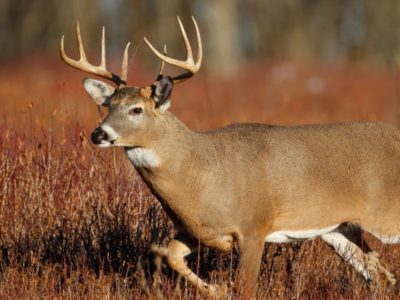
White-tail deer
White-tail deer are good swimmers
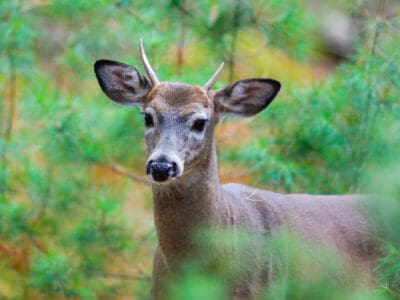
Whitetail Deer
Although deer are herbivores, they will sometimes eat mice and birds when they can catch them.
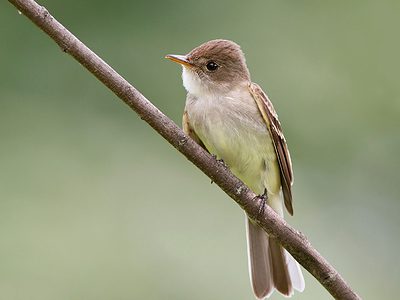
Willow Flycatcher
These birds live in the understory and are named for their propensity for flitting between willows and shrubs.

Wolf Spider
Carnivorous arachnid that hunts its prey.
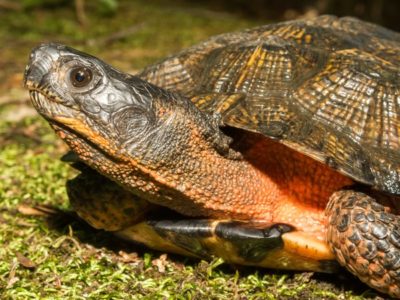
Wood Turtle
Temperature determines the sex of turtle eggs

Woodlouse
This animal can roll up into a ball

Woodpecker
There are 200 different species!

Worm
Doesn’t have eyes.
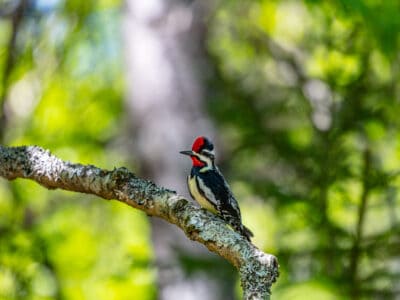
Yellow Bellied Sapsucker
The males are responsible for choosing the nesting tree most of the time. Luckily, cavity nests are often reused for multiple breeding seasons (up to 7 years.)
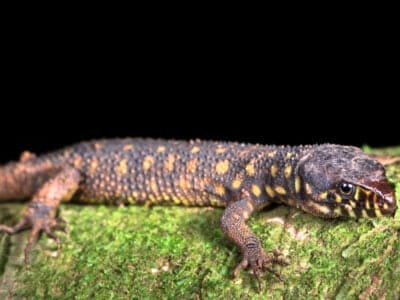
Yellow Spotted Lizard
Gives birth to live young.
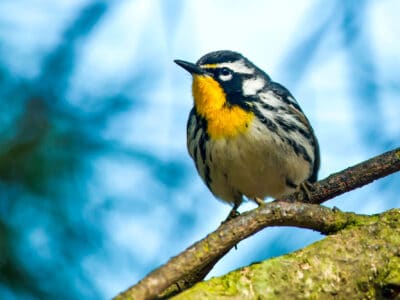
Yellowthroat
They forage near the ground, searching leaves for insects
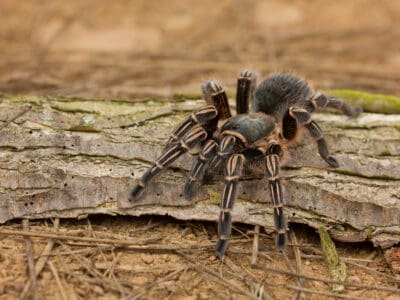
Zebra Tarantula
They can stay hidden in their burrows for months!
Honduran Animals List
- Acadian Flycatcher
- Admiral Butterfly
- Agouti
- Amazon Parrot
- American Eel
- Anhinga
- Anole Lizard
- Ant
- Anteater
- Armadillo
- Armyworm
- Asian Lady Beetle
- Barn Owl
- Barn Swallow
- Basilisk Lizard
- Bat
- Bear
- Bed Bugs
- Bee
- Beetle
- Bird
- Biscuit Beetle
- Black and White Warbler
- Black Widow Spider
- Blackburnian Warbler
- Blind Snake
- Blue grosbeak
- Blue Tanager (Blue-Grey Tanager)
- Blue Tang
- Bobcat
- Booby
- Brazilian Treehopper
- Brown Dog Tick
- Burrowing Owl
- Butterfly
- Caecilian
- Caiman
- Camel Cricket
- Carpenter Ant
- Cat
- Caterpillar
- Catfish
- Cedar Waxwing
- Centipede
- Checkered Garter Snake
- Chestnut-Sided Warbler
- Chicken
- Cichlid
- Coati
- Cockroach
- Codling Moth
- Collared Peccary
- Common Furniture Beetle
- Common House Spider
- Common Yellowthroat
- Coral Snake
- Cormorant
- Cow
- Crab
- Crab Spider
- Cricket
- Crocodile
- Crocodylomorph
- Crow
- Cuckoo
- Curly Hair Tarantula
- De Kay’s Brown Snake
- Dickcissel
- Dog
- Dog Tick
- Donkey
- Dragonfly
- Dubia Cockroach
- Duck
- Dung Beetle
- Dusky Shark
- Dwarf Boa
- Eagle
- Earthworm
- Earwig
- Eastern Meadowlark
- Eel
- Elegant Tern
- Emerald Toucanet
- Eyelash Viper
- Falcon
- False Widow Spider
- Fiddler Crab
- Firefly
- Flea
- Fly
- Flying Squirrel
- Frog
- Fruit Fly
- Fulvous Whistling Duck
- Gar
- Gecko
- German Cockroach
- Giant Leopard Moth
- Glowworm
- Gnat
- Grasshopper
- Gray Catbird
- Gray Fox
- Great Blue Heron
- Great Crested Flycatcher
- Great Potoo Bird
- Guppy
- Gypsy Moth
- Hairy Woodpecker
- Hammond’s flycatcher
- Hamster
- Hare
- Harpy Eagle
- Harris’s Hawk
- Hawk Moth Caterpillar
- Hepatic Tanager (Red Tanager)
- Hercules Beetle
- Heron
- Herring Gull
- Honduran White Bat
- Honey Bee
- Horse
- Horsefly
- House wren
- Housefly
- Howler Monkey
- Human
- Hummingbird
- Huntsman Spider
- Ibis
- Iguana
- Insects
- Jabiru
- Jacana
- Jack Crevalle
- Jaguar
- Jumping Spider
- Keel-Billed Toucan
- Kentucky Warbler
- Kingfisher
- Kinkajou
- Ladybug
- Least Flycatcher
- Leech
- Leopard Frog
- Lesser Scaup
- Lizard
- Locust
- Lone Star Tick
- Macaw
- MacGillivray’s Warbler
- Maggot
- Magnolia Warbler
- Margay
- Marine Toad
- Mayan Cichlid
- Mayfly
- Mealybug
- Millipede
- Mockingbird
- Mole
- Mole Cricket
- Molly
- Monarch Butterfly
- Mongrel
- Monkey
- Moonglow Boa
- Moorhen
- Morpho Butterfly
- Mosquito
- Moth
- Mountain Lion
- Mourning Dove
- Mourning Gecko
- Mourning Warbler
- Mouse
- Mule
- Muscovy Duck
- Nematode
- No See Ums
- Northern Harrier
- Northern Parula
- Northern Pintail
- Northern Potoo
- Ocelot
- Orb Weaver
- Osprey
- Otter
- Owl
- Owl Butterfly
- Ox
- Painted Bunting
- Panther
- Parrot
- Peregrine Falcon
- Pheasant
- Pigeon
- Pit Viper
- Poison Dart Frog
- Pompano Fish
- Porcupine
- Praying Mantis
- Puma
- Quail
- Quetzal
- Raccoon
- Rat
- Rat Snakes
- Rattlesnake
- River Turtle
- Roadrunner
- Robin
- Rodents
- Rooster
- Rose-Breasted Grosbeak
- Roseate Spoonbill
- Ruddy Duck
- Saber-Toothed Tiger
- Sable Ferret
- Salamander
- Sand Crab
- Scale-Crested Pygmy Tyrant
- Scarlet Macaw
- Scissor-tailed Flycatcher
- Scorpion
- Sea Eagle
- Seahorse
- Sharp-Shinned Hawk
- Sheep
- Shrew
- Shrimp
- Skink Lizard
- Sloth
- Slug
- Smokybrown Cockroach
- Snail
- Snake
- Sparrow
- Spider Wasp
- Squirrel
- Stick Insect
- Stork
- Summer Tanager
- Swainson’s Hawk
- Swallowtail Butterfly
- Swan
- Tarantula Hawk
- Termite
- Thrush
- Tick
- Tiger Beetle
- Tortoise
- Toucan
- Tree Cricket
- Tree Frog
- Tree swallow
- Turkey
- Turtles
- Umbrellabird
- Upland Sandpiper
- Vampire Bat
- Veery
- Vermilion Flycatcher
- Vine Snake
- Vinegaroon
- Vulture
- Wasp
- Western Kingbird
- Western Tanager
- Whiptail Lizard
- White-Faced Capuchin
- White Ferret / Albino Ferrets
- White-tail deer
- Whitetail Deer
- Willow Flycatcher
- Wolf Spider
- Wood Turtle
- Woodlouse
- Woodpecker
- Worm
- Yellow Bellied Sapsucker
- Yellow Spotted Lizard
- Yellowthroat
- Zebra Tarantula
Animals in Honduras FAQs (Frequently Asked Questions)
What Animals Live in Honduras?
The ecosystem of Honduras extends from pine valleys to thick jungles and mangrove forests to sandy shores. The result is a very diverse ecosystem that includes apex predators like jaguars and crocodiles alongside less dangerous creatures like deer, tapir, and large turtles. It’s also notable for its huge selection of birds, though many come or go depending on their migratory patterns.
Are There Lions in Honduras?
While you won’t find traditional lions with majestic manes in Honduras, they are home to the mountain lion. These majestic cats can be found throughout America, including both the United States and Canada.
Are There Elephants in Honduras?
There are roughly 200 wild mammals in Honduras, but the elephant unfortunately isn’t one of them. You would need to travel to Asia or Africa to find a native population of elephants.
Are There Monkeys in Honduras?
Honduras is home to an abundant population of monkeys. Some of the most prominent species are howler monkeys and spider monkeys.



